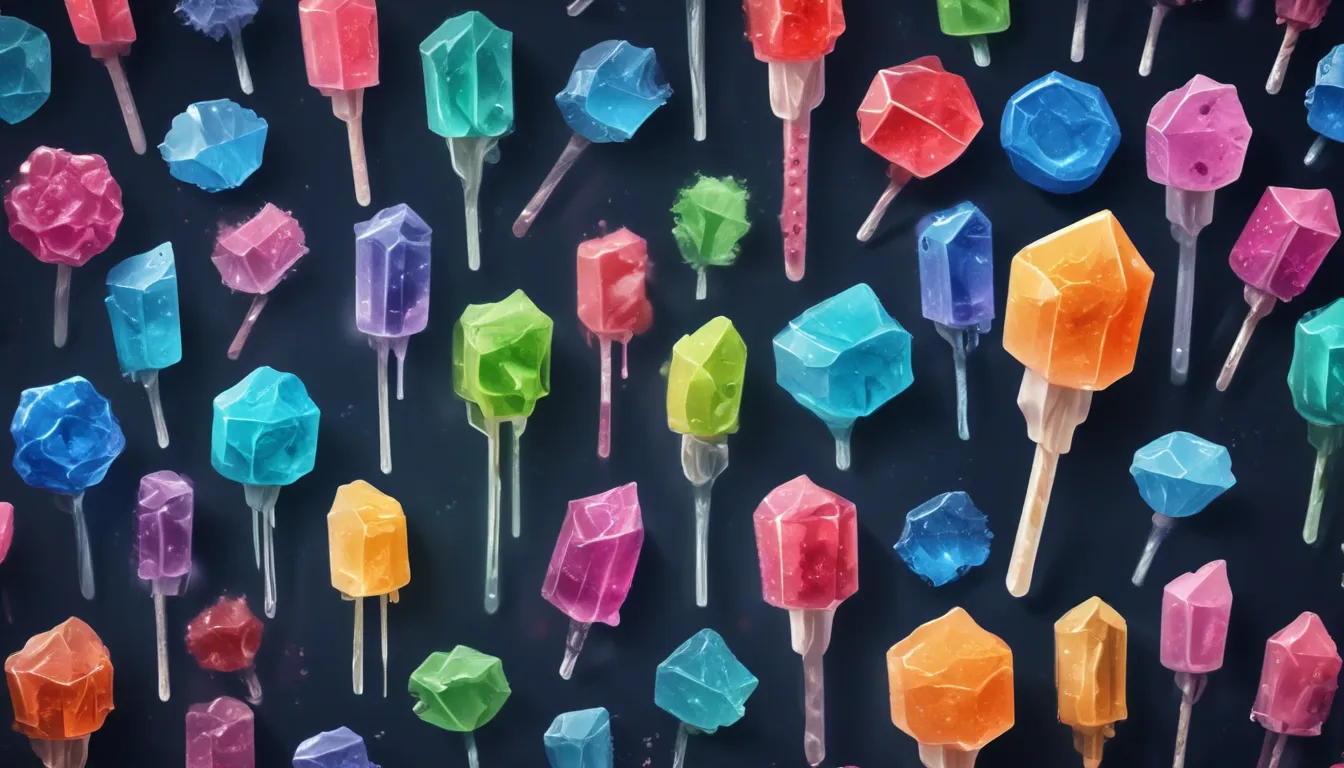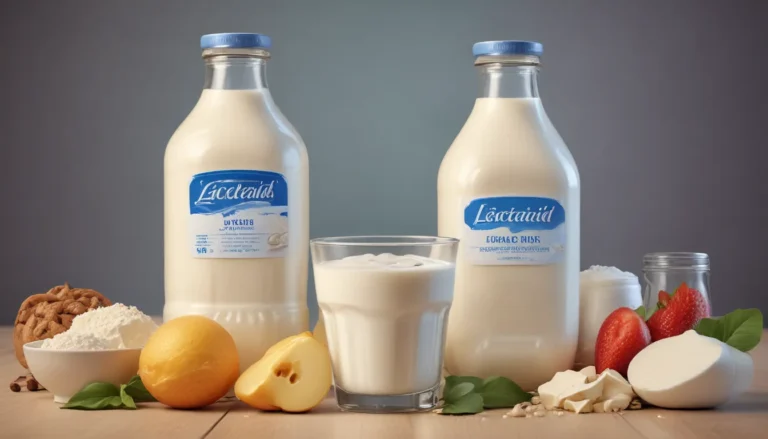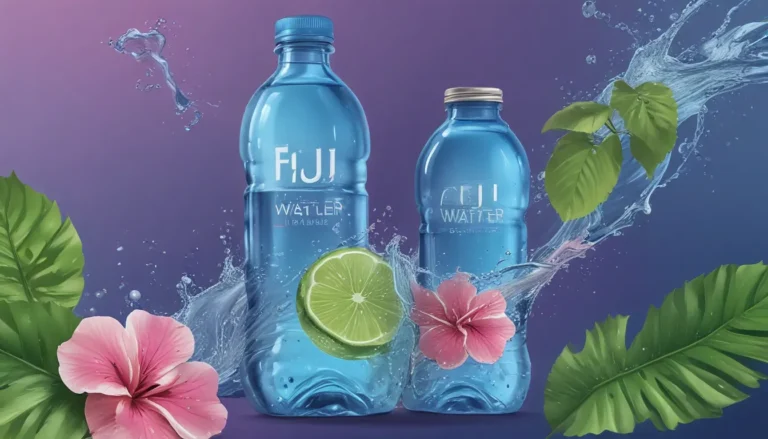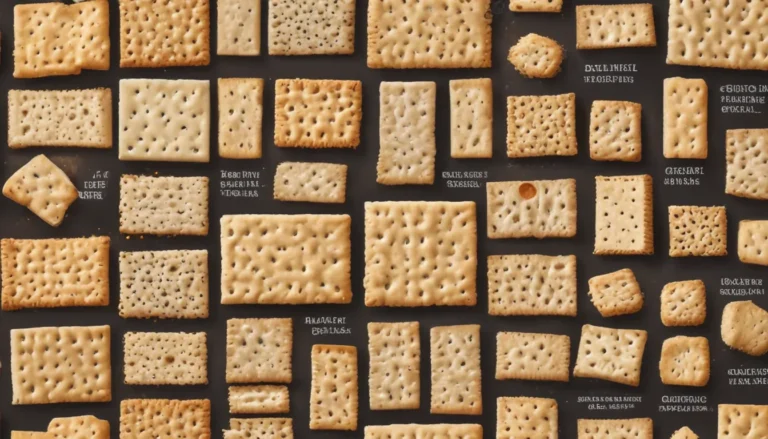The pictures in our articles might not always show exactly what the text is talking about. We use these images to make the article more interesting and eye-catching. They are there to add to the text, but not to replace it or show every detail.
Are you a fan of the sweet, crunchy goodness of rock candy? If so, you're not alone! Rock candy has been a beloved confectionery delight for generations, captivating sweet tooths with its sparkling appearance, irresistible sweetness, and unique texture. But how much do you really know about this sugary treat? In this article, we'll dive into 20 fascinating facts about rock candy that will not only satisfy your curiosity but also leave you craving for a taste of this delightful confection.
Key Takeaways:
- Rock candy is a versatile treat loved by people of all ages, available in a variety of flavors and perfect for cooking, cocktails, and even jewelry making.
- This timeless confection has cultural significance, a long shelf life, and can be used in science experiments and art, making it more than just a tasty snack.
What is Rock Candy?
Rock candy, also known as sugar candy, is a confectionery made from crystallized sugar. When sugar syrup is cooled slowly, large, chunky crystals resembling rocks form, giving this sweet treat its unique texture and appearance.
Ancient Origins
The origins of rock candy date back thousands of years to ancient civilizations such as the Egyptians and Persians, who enjoyed this sweet treat for its supposed therapeutic properties.
How is it Made?
To create rock candy, sugar is dissolved in boiling water to form a supersaturated solution. The solution is then left to cool slowly, allowing sugar crystals to grow until they reach the desired size.
Flavorful Varieties
Rock candy comes in a wide array of flavors, from traditional options like cherry and lemon to more exotic choices such as watermelon and blueberry. The flavors are typically added during the crystallization process.
A Candy for All Ages
With its unique texture and vibrant colors, rock candy appeals to people of all ages. Children love its crunchy sweetness, while adults are drawn to its nostalgic charm.
Versatile Ingredient
Rock candy isn't just for snacking - it can also be used as a decorative element or ingredient in various dishes. Whether added to baked goods, beverages, or cocktails, rock candy adds a touch of sparkle and sweetness.
Cultural Significance
In many cultures, rock candy holds significant cultural symbolism, often used in religious rituals, festivals, and celebrations to symbolize happiness and good fortune.
Crystal Clear Beauty
One of the most appealing aspects of rock candy is its crystal-clear appearance. The large sugar crystals glisten and reflect light, creating a visually striking confection.
Tooth-Friendly Candy
Contrary to popular belief, rock candy is considered tooth-friendly. Since it dissolves slowly in the mouth, there is less risk of tooth decay compared to sticky candies.
Natural or Artificial Colors
Rock candy can be found in both natural and artificial colors. Natural colors come from fruits, vegetables, or other sources, while artificial colors are created using food-grade dyes.
Rock Candy Strings
Rock candy is often formed by allowing crystals to grow around a string or stick submerged in the sugar solution, creating a string-like structure for easy enjoyment.
Long Shelf Life
With a long shelf life when stored properly in an airtight container away from moisture, rock candy is a durable treat that can last for months or even years.
Rock Candy Jewelry
The striking appearance of rock candy has inspired its use in jewelry making, with crystal-like candy turned into unique necklaces, earrings, and bracelets.
Unique Texture
Rock candy's texture is both crunchy and sugary, creating a satisfying mouthfeel for candy enthusiasts when the large sugar crystals break apart.
Popular Souvenir
A popular souvenir in tourist destinations worldwide, rock candy's colorful appearance and cultural associations make it a delightful edible memento.
Rock Candy Science
Used in science experiments and demonstrations, the crystalline structure and growth process of rock candy make it an interesting educational tool.
Healing Properties
In traditional medicine, rock candy has been used to soothe sore throats, alleviate coughs, and aid digestion, valued for its perceived healing properties.
Rock Candy Cocktails
Rock candy can be used to create visually appealing cocktails by infusing the crystals in alcohol or using them as decorative garnishes.
Rock Candy Sculptures
The beauty and versatility of rock candy have led to the creation of impressive sculptures and artistic installations, showcasing its artistic potential.
Rock Candy in Pop Culture
From movies and TV shows to songs and literature, rock candy has made appearances across various forms of popular culture, adding a touch of sweetness to creative works.
Conclusion
Rock candy is a timeless treat that continues to captivate people of all ages. Whether you're enjoying it on its own or incorporating it into culinary creations, the unique crystalline texture and vibrant colors of rock candy are sure to satisfy your sweet tooth.
Next time you indulge in a batch of rock candy, take a moment to appreciate the craftsmanship and science behind this delightful confection. Share the fun facts and history with loved ones as you enjoy the sweet crunch of these delightful sugar crystals.
FAQs
-
What is rock candy?
Rock candy is a type of sugar candy made by allowing a supersaturated solution of sugar and water to crystallize onto a string or stick. -
How is rock candy made?
Rock candy is made by dissolving sugar in boiling water to form a supersaturated solution, then allowing sugar crystals to form on a submerged string or stick as it cools. -
How long does it take for rock candy to form?
The time for rock candy to form varies based on factors like temperature and desired crystal size, typically taking about 1 to 2 weeks. -
What colors can rock candy come in?
Rock candy can be found in a wide range of vibrant colors achieved by adding food coloring to the sugar syrup before crystallization. -
How should I store rock candy?
Store rock candy in an airtight container at room temperature, avoiding moisture to prevent crystals from becoming sticky or dissolving. -
Can I use rock candy for baking?
Yes, rock candy can be crushed or used whole as a decorative element in baked goods like cupcakes, cookies, or as a cake topper. -
Is rock candy vegan-friendly?
Generally, rock candy is considered vegan-friendly as it is made from sugar and water, but it's recommended to check ingredients or ask the manufacturer for assurance.
Explore with Confidence
Every fact on our site is contributed by real users, ensuring diverse insights and information of the highest accuracy and credibility. Our dedicated editors meticulously review each submission to guarantee the quality and authenticity of the facts we share. Trust in our commitment to delivering trustworthy and engaging content as you explore and learn with us.






